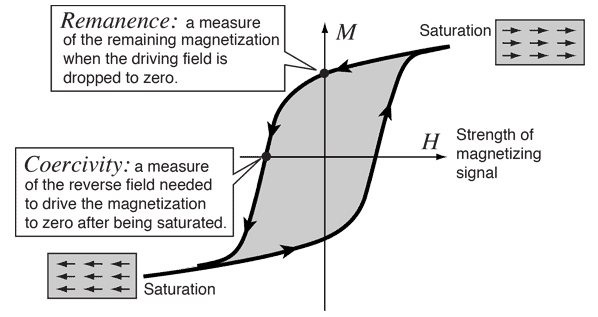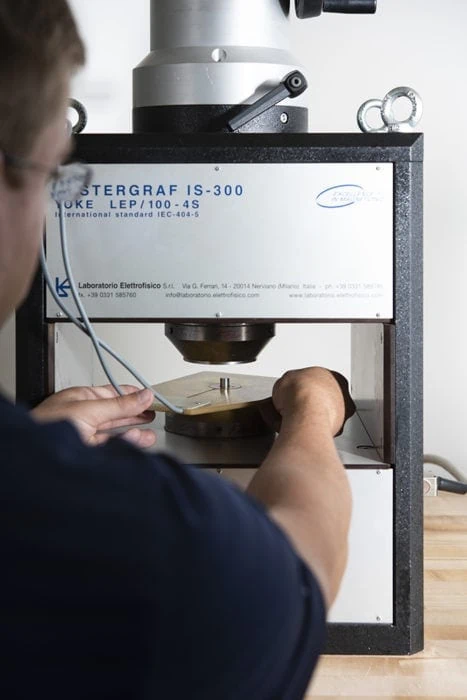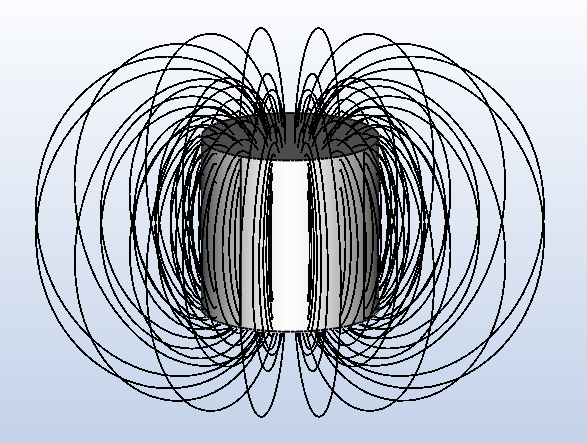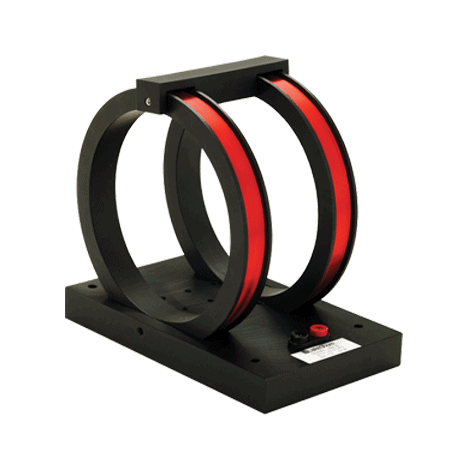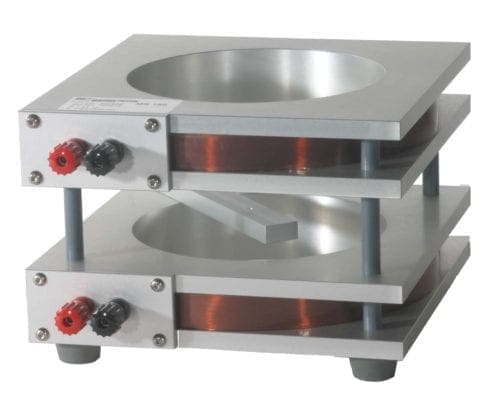Measuring Remanence and Coercivity with a Hysteresisgraph
Leave a CommentWhen you come right down to it, permanent magnets have two major features:
- They produce magnetic fields
- They resist demagnetization
As with any technology that’s been around for a while, the industry has specific terms to describe these features: Remanence and Coercivity.
Remanence tells the user how much output a magnet material grade can produce, depending on volume, shape, temperature, and other factors. A steel nail can produce a lot of magnetic output, but it needs an energized coil around it to produce that field. Once the electricity to the coil is turned off, it stops producing a magnetic field. A permanent magnet can also produce a lot of magnetic output, but it does it without an energized coil.
- Remanence for steel in a nail: Up to 20,000 Gauss (2 Tesla)
- Remanence for a Rare Earth magnet: Up to 14,500 Gauss (1.45 Tesla)
Coercivity tells the user how hard it can be to demagnetize or weaken a magnet material, also depending on volume, shape, temperature, and other factors. The higher the coercivity, the harder it is to demagnetize. The steel nail from the previous example is easy to demagnetize, so easy it is effectively demagnetized when the electricity to the coil is turned off. By contrast, a Rare Earth Permanent magnet is extremely difficult to demagnetize.
- Coercivity for steel in a nail: Up to 1 Oersted (80 kiloAmpere/meter)
- Coercivity for a Rare Earth magnet: Up to 40,000 Oersteds (3,184 kiloAmpere/meters)
The vast majority of magnet test equipment focuses on measuring the first feature, the magnetic output of a permanent magnet or permanent magnet assembly. However, only one instrument can measure both the Remanence and the Coercivity of a material: The Hysteresisgraph.
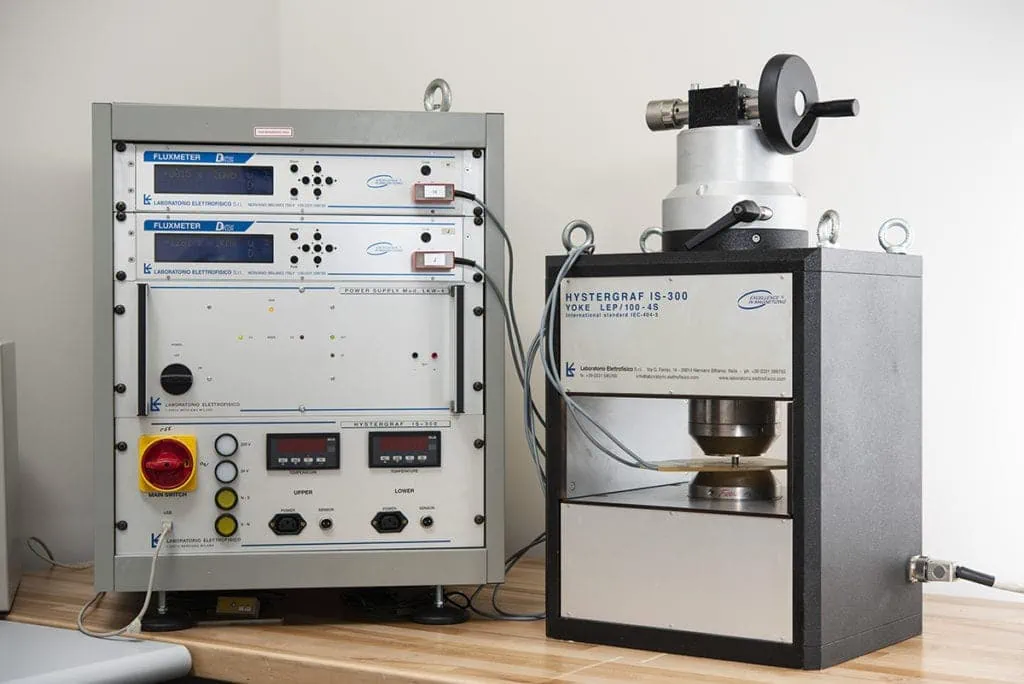
Adams has hysteresisgraph equipment at each of our manufacturing facilities and is constantly used to verify material properties.
Any questions? If so, please contact us. We’re here to help!
